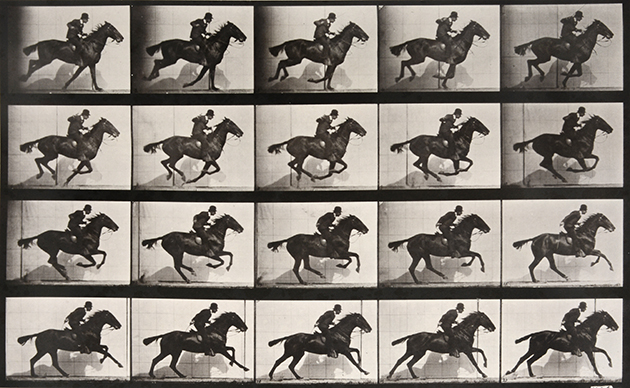Dale Wesley on his blend of patience and lunacy as he deals with equine divas in his work as a portrait photographer for our four-legged partners...
I started as a portrait photographer doing portraits in the street. Then I set up a small home studio. I really enjoy the interaction with people and showing them in a different way that they are used to seeing themselves.
I fell into photographing horses by accident seven years ago, when I was asked to do a modelling shoot in Newcastle. Afterwards, the mother of the girl I was photographing asked me to photograph their horses. The conditions were perfect but I still felt slightly out of my depth because I hadn’t even stood beside a horse before.
It has taken me a while to get used to working around such powerful animals and I am still slightly wary of them, but I have also learnt how gentle they can be.
The reaction from my clients when they first see my photos is the pinnacle of what it’s all about for me. Every owner has plenty of low-quality images on their phones, but when they see a piece of artwork with their horse as the subject it bowls them over.
A couple of times I have been asked to photograph a horse at the end of its life. That is always very poignant and there are usually tears when the client sees the image, which gets me going, too.
There is one word that sums up the difference between working with horses and people and that is “control”. Horses do not respond to “chin up” or “just hold that for five seconds”. The concentration required for horses in studio conditions is intense.
Last year I went to a yard and spent the day photographing 20 horses. One of them was a full-on diva called Duchess who ran riot, dragging her owner all around the arena. I still managed to get some decent shots, and pride myself on doing that in difficult situations, but if the shoot turns out to be too stressful for the horse I always call time.
On another occasion I was photographing a stallion and he was very highly strung so I made sure that the handler was wearing a hard hat. Sometimes a client will commission a photo of two horses standing side by side and that’s when it gets even more complicated.
Patience and attention to detail are the most important qualities you need in my work, and a small dose of lunacy. You can miss a horse in a split second, so you have to be seriously on the ball. Sometimes, I am literally sweating with concentration.
It is also important to be a good communicator when it comes to dealing with the horse’s owner. On most shoots I will have a handler and someone else as a distractor who will rustle or call out to get the horse’s head to turn. I also take an iPad with a load of horse whinnies on it. As soon as my assistant presses the button, they turn around.
You need a good understanding of what looks good in a photo, so body position is crucial. You don’t want to see the whites of a horse’s eye or have them positioned so that their quarters look tiny and their head looks massive. I have always wanted to photograph a massive horse like an 18hh Percheron, but a small pony or an old cob in a field are equally interesting to me.
Apart from photography, my other passion in life is music. I started playing guitar aged seven and have been a musician for over 30 years. I have been in numerous bands over the years, but at the moment I play lead guitar and backing vocals in a rock band called the Tonic.
I have photographed a lot of people from my life as a musician, but a horse can bring as much intensity to a photograph as a beautiful woman in a burlesque costume or a muscly man with tattoos.
.
This exclusive feature can also be read in Horse & Hound magazine, 25 March 2021 issue
You may also be interested in…

Lights, camera, action — when Super Nova turned supermodel
Go behind the scenes to see how ‘The Horse Photographer’ Matthew Seed created the usual images for Olympia's advertising campaign

Spectacular hunting photo goes viral, but is it real?
H&H gets the story behind this incredible picture, which has been shared more than 8,000 times on social media
A vintage album: H&H readers share some of their oldest photos and fondest memories *H&H Plus*
Photographic technology may have advanced over the decades, but some of our readers’ oldest photos bring back the fondest memories,

Equestrian photography: how to take the perfect shot, make your hobby into your job, and what happens when it goes wrong…
Whether you’re struggling to get that perfect picture of your beloved horse for Instagram, are looking for an equestrian career

The incredible photos that proved horses become airborne in gallop
A new exhibition of work by photographer Eadweard Muybridge at London gallery Beetles + Huxley, shows the photos that were

